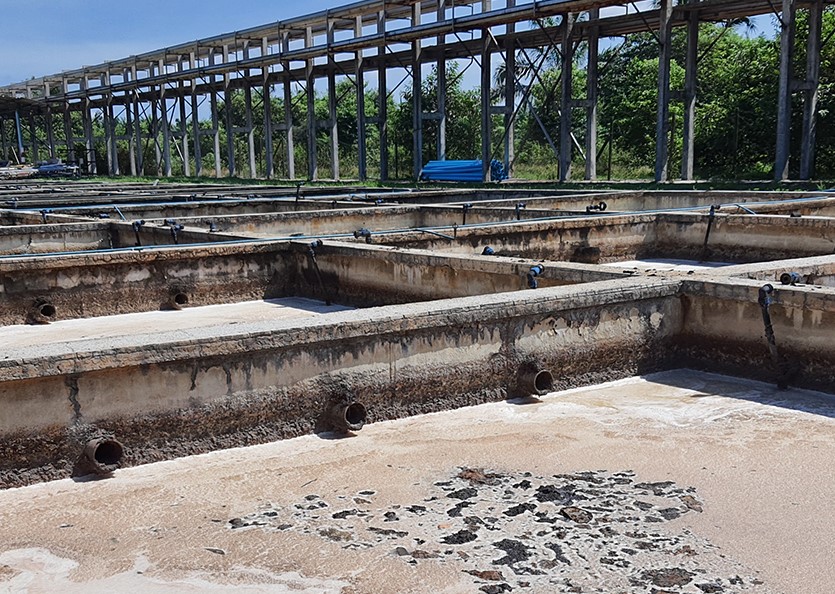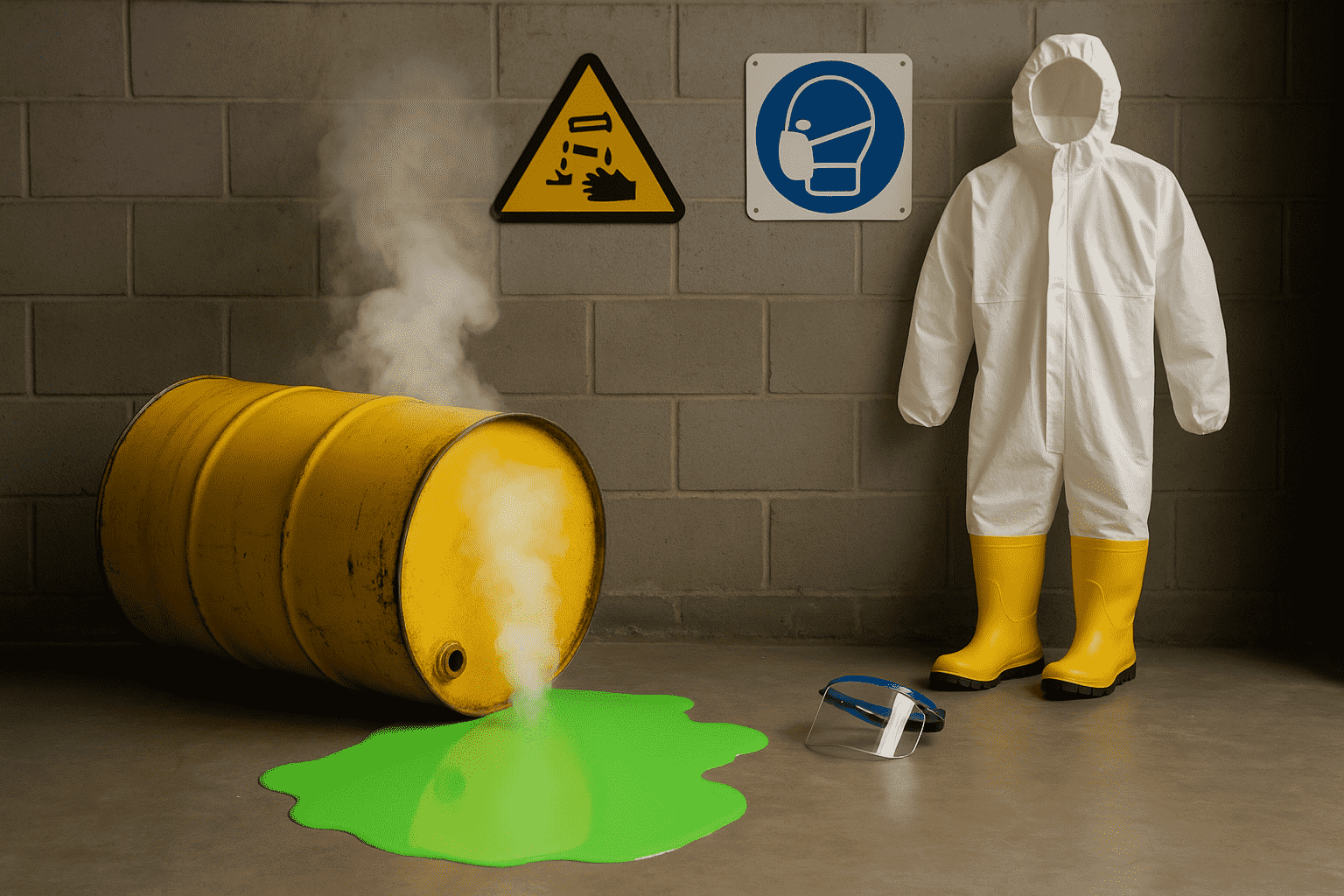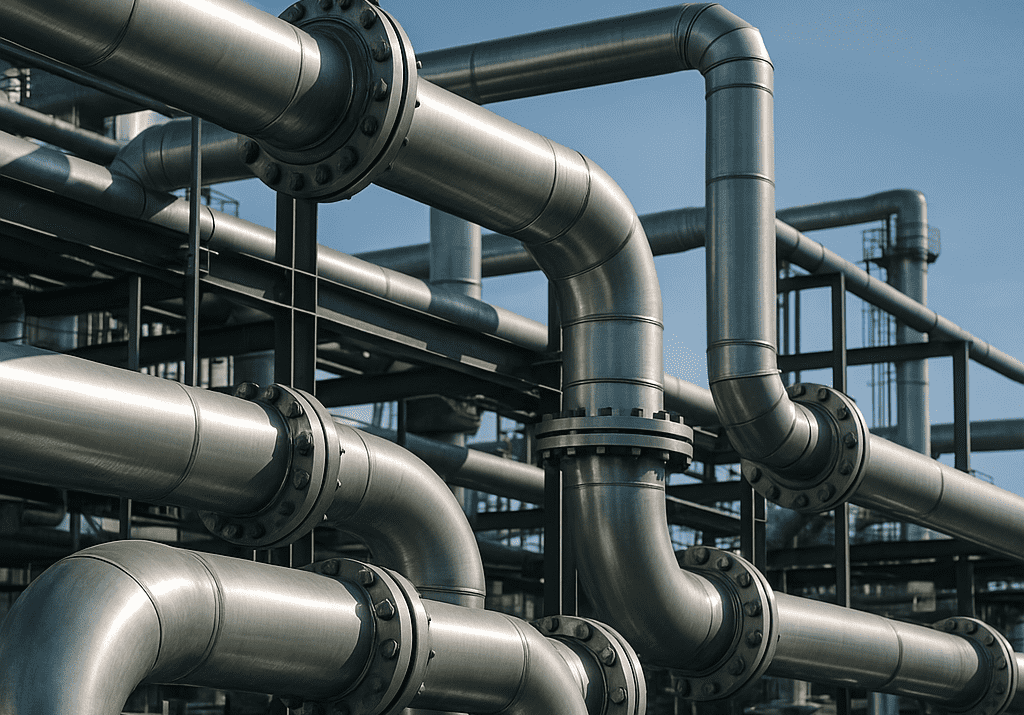How Oil Spills Impact Ecosystems and Why Response Time Matters

Oil spills pose a serious threat to our oceans, coastlines, water bodies and the communities that depend on them. Whether caused by accidents at sea or leaks on land, these spills disrupt marine ecosystems and endanger wildlife. Coastal communities often face economic hardships as fisheries, tourism, and local livelihoods suffer. In this article, we explore the impacts of oil spills, the urgency of response, and the essential equipment used to combat these environmental crises.
How Do Oil Spills Affect Marine Ecosystems and Coastal Communities?
Oil spills can be catastrophic for marine life. As oil spreads across the surface, it blocks sunlight from reaching underwater plants and reduces oxygen levels, disrupting the balance of the entire aquatic food chain. Marine birds and mammals are especially vulnerable—oil coats their feathers and fur, destroying their natural insulation, impairing movement, and often leading to death from hypothermia, poisoning, or starvation.
For coastal communities, the impact goes far beyond environmental harm. Fishing activities are forced to stop as polluted waters make seafood unsafe and harvesting is temporarily banned. Tourism also suffers—oil slicks, strong odours, and the risk of contamination make it unsafe for swimming or water sports, driving visitors away. Local businesses like seafood vendors, boat rental services, and beachside eateries struggle to survive. Even large industries that depend on clean seawater for operations may be forced to shut down temporarily. In short, oil spills threaten not just marine life, but also the economy, health, and everyday life of coastal communities.
Why Is an Immediate Oil Spill Response Critical to Minimizing Environmental Damage?
Time is of the essence when dealing with an oil spill. The longer oil stays in the water, the more it spreads—coating shorelines, sinking into sediments, and affecting a wider range of marine and coastal life. These areas are not only rich in biodiversity but also serve as breeding and feeding grounds for countless species. Delayed response increases the likelihood of long-term damage, including the death of marine organisms, disruption of reproductive cycles, and collapse of local food chains.
The environmental consequences aren’t just immediate—they can linger for decades. Oil that settles into sediments can resurface with tides or storms, re-contaminating areas long after cleanup efforts end. Some toxic components of oil, like polycyclic aromatic hydrocarbons (PAHs), can accumulate in fish and shellfish, affecting both wildlife and humans who consume them. Rapid containment and removal are the only ways to limit these cascading impacts and give ecosystems a chance to recover.
Swift containment and removal are the only ways to limit these cascading impacts and help ecosystems recover. Furthermore, delays make cleanup operations more complex, expensive, and time-consuming.
What Are the Different Types of Oil Spill Response Equipment?
Effectively managing an oil spill requires specialized equipment tailored to different environments and spill scenarios. The main categories of response equipment include:
- 1. Booms and Barriers: These floating barriers are deployed around the spill site to contain the spread of oil and prevent it from reaching sensitive areas like shorelines and estuaries. There are different types, such as absorbent booms, which soak up oil, and non-absorbent booms, which trap oil at the surface.
- 2. Skimmers: Skimmers are critical tools for physically removing oil from the water’s surface. They work by either scooping or sucking up the oil and transferring it to storage tanks. There are various types of skimmers available, including vacuum skimmers, brush skimmers, and disk skimmers, each suited for specific spill conditions. Skimmers are often used in combination with other equipment to increase efficiency and effectiveness. For example, a vacuum skimmer might be paired with a boom to contain and then recover oil, while brush skimmers are effective for thicker oils. The modular nature of these systems allows them to be adapted and combined based on the specific spill scenario, whether in calm, shallow waters or rougher, deeper environments.
- 3. Oil Dispersants: These chemical agents break up the oil into smaller droplets, making it easier for microorganisms to degrade it. Although effective, their use is carefully regulated due to potential environmental impacts, and they are typically deployed only under specific conditions.
- 4. Absorbent Materials: These materials—such as pads, booms, and socks—are designed to soak up oil from the water’s surface. They are particularly useful for smaller spills or areas with limited access, such as narrow channels or rocky shores. Absorbents are highly effective in the early stages of an oil spill and can be integrated into the response efforts alongside other equipment.
- 5. In-situ Burners: In cases where oil has been contained and there are no immediate threats to sensitive areas, oil can be burned directly on the water’s surface. This rapid-response technique reduces the volume of the spill but requires careful monitoring to minimize air pollution.
- 6. Vacuum Trucks and Skimmers: These are used for land-based cleanup when oil reaches the shore. The vacuum trucks suck up the oil from contaminated beaches or marshes and transport it to waste disposal sites, making them an essential part of the final stages of cleanup.
Each equipment plays a vital role in reducing the spread and impact of oil. However, what makes an oil spill response truly effective is the integrated and modular approach. When deployed in combination, these tools can complement each other and provide a more comprehensive solution. For instance, booms help contain the oil, while skimmers recover it, and absorbents can be used in smaller, harder-to-reach areas. The modular aspect means that responders can adapt their approach depending on the size, location, and type of oil spill, ensuring a faster and more effective cleanup process.
Frequently Asked Questions
Q.1 How does the maintenance of a rotary drum oil skimmer impact its overall performance and lifespan?
A. Regular maintenance of a rotary drum oil skimmer significantly enhances its performance and extends its lifespan by preventing buildup, wear, and operational issues.
Q.2 How does advanced oil spill response equipment improve the effectiveness of cleanup operations?
A. Advanced oil spill response equipment improves the effectiveness of cleanup operations by enabling faster, more efficient oil recovery and minimizing environmental impact.





